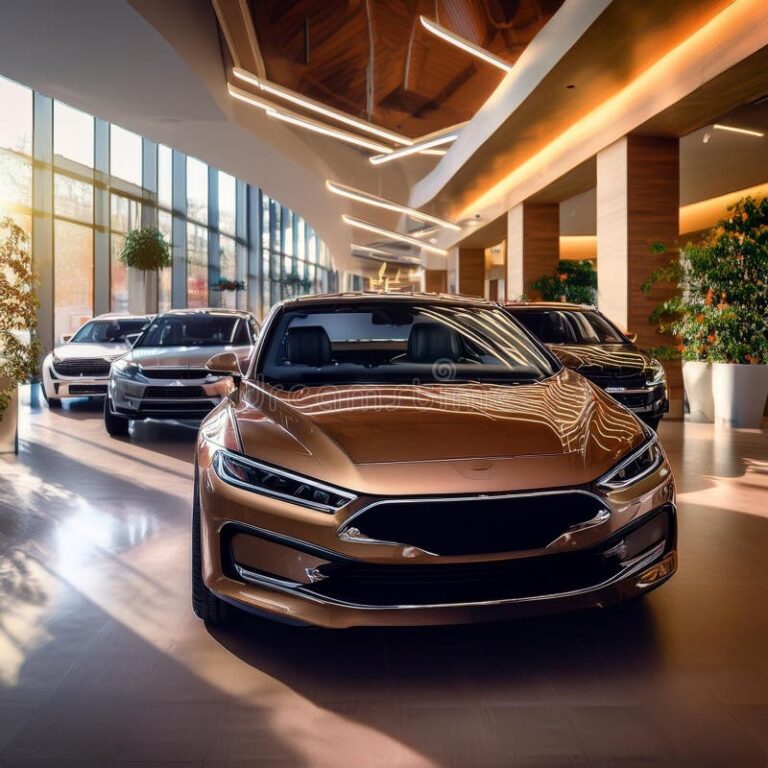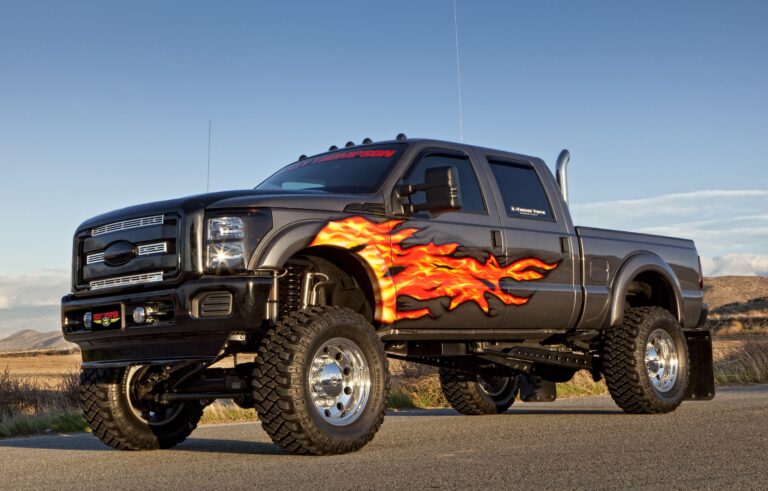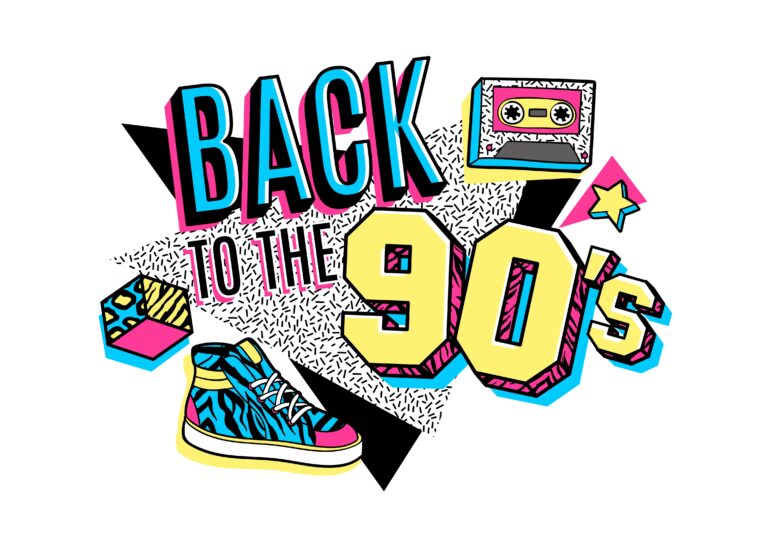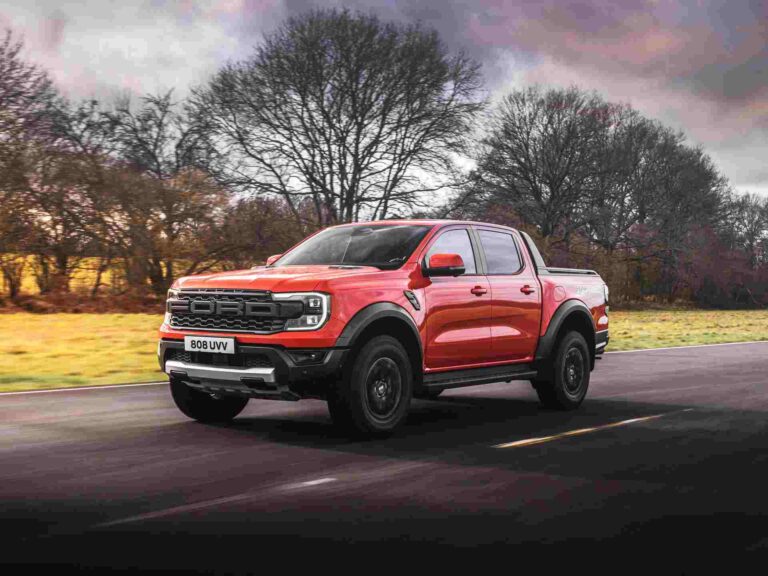Car Stereo Brand Names: A Comprehensive Guide to Enhancing Your In-Car Audio Experience
Car Stereo Brand Names: A Comprehensive Guide to Enhancing Your In-Car Audio Experience cars.truckstrend.com
The open road, a favorite playlist, and the perfect sound – for many, this is the epitome of the driving experience. Yet, the factory-installed car stereo often falls short, delivering mediocre sound and lacking the features modern drivers demand. This is where the world of car stereo brand names comes into play. Far from being mere labels, these brands represent diverse philosophies in audio engineering, design, and functionality, each vying to transform your vehicle’s cabin into a personal concert hall, a communication hub, or a navigation command center.
Understanding the landscape of car stereo brand names is crucial for anyone looking to upgrade their in-car audio. It’s about more than just a brand’s logo; it’s about recognizing the quality, innovation, and specific strengths that each company brings to the table. From audiophile-grade sound reproduction to seamless smartphone integration and robust power delivery, choosing the right brand is the first step towards an unparalleled auditory journey on wheels.
Car Stereo Brand Names: A Comprehensive Guide to Enhancing Your In-Car Audio Experience
The Landscape of Car Stereo Brands: A Historical Perspective & Evolution
The journey of the car stereo has been a fascinating one, mirroring the rapid advancements in consumer electronics. What began as simple AM/FM radios in the early 20th century evolved through the introduction of 8-track and cassette players, then CDs, and now embraces digital media, streaming, and sophisticated smartphone integration. This evolution has shaped the brands we recognize today.
Initially, car audio was dominated by a few major players, often extensions of home electronics giants. As technology progressed, specialized brands emerged, focusing solely on automotive audio. The shift from analog to digital, the advent of Bluetooth connectivity, USB ports, and auxiliary inputs, and most recently, the ubiquitous integration of Apple CarPlay and Android Auto, have continually pushed manufacturers to innovate. Brands that once focused purely on sound quality now must also excel in user interface design, connectivity, and digital signal processing. This diversification has created a rich ecosystem where consumers can find products tailored to almost any need or budget.
Decoding Brand Categories: What Kind of Listener Are You?
The vast array of car stereo brands can be overwhelming. To simplify, it helps to categorize them based on their market focus, price point, and specialization.
1. OEM vs. Aftermarket Brands:
- OEM (Original Equipment Manufacturer): These are the systems that come pre-installed in your vehicle from the factory (e.g., Bose in a Chevrolet, Harman Kardon in a BMW, Mark Levinson in a Lexus).

- Pros: Seamless integration with vehicle aesthetics and controls, covered by vehicle warranty.
- Cons: Often limited in features and sound quality compared to aftermarket options, costly to upgrade through the dealership, and difficult to customize.
- Aftermarket: These are brands that sell car audio components designed to be installed after the vehicle is purchased. This is where the vast majority of upgrade options lie.

- Pros: Unparalleled customization, superior sound quality, access to cutting-edge features (touchscreens, advanced connectivity), wide range of price points.
- Cons: Requires installation (DIY or professional), potential compatibility issues with existing vehicle systems (though solutions exist), can void certain parts of a vehicle warranty if not installed correctly.
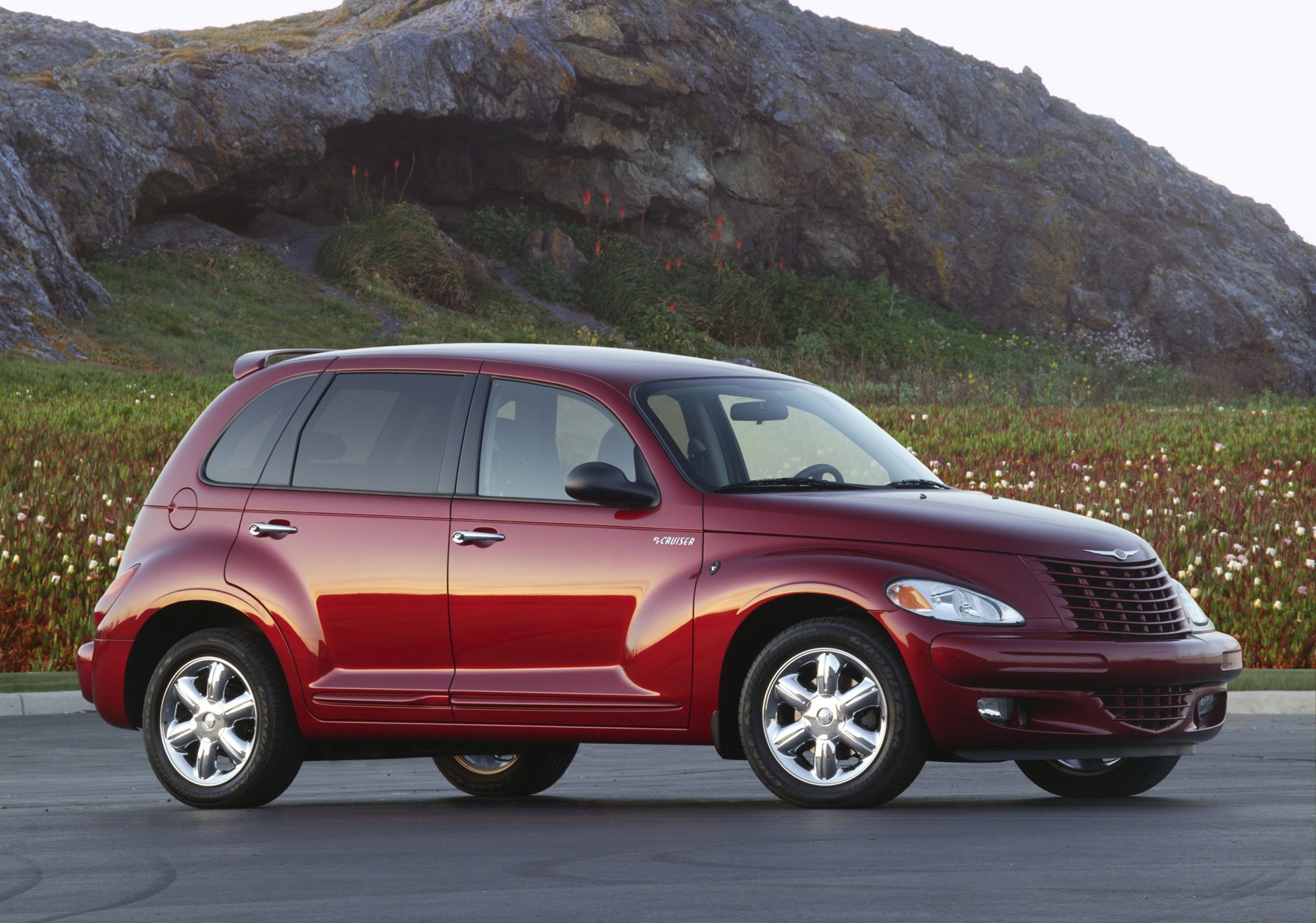
2. Price and Performance Tiers (Aftermarket):
- Premium/High-End Brands: These brands cater to audiophiles and enthusiasts seeking the absolute best in sound quality and advanced features, often using exotic materials and sophisticated engineering.
- Examples: McIntosh, Focal, JL Audio, Audison, Helix, Morel, Hertz.
- Characteristics: Exceptional clarity, precise imaging, powerful processing, often come with a premium price tag.
- Mid-Range Brands: The most popular segment, offering an excellent balance of features, performance, and value. These brands provide significant upgrades over OEM systems without breaking the bank.
- Examples: Pioneer, Kenwood, Alpine, Sony, JVC, JBL, Infinity, Polk Audio, Kicker, Rockford Fosgate, Clarion.
- Characteristics: Feature-rich head units (CarPlay/Android Auto), good power handling, solid sound quality, reliable.
- Budget/Entry-Level Brands: Designed for those seeking basic functionality and an upgrade from the most rudimentary OEM systems at the lowest possible cost.
- Examples: BOSS Audio, Pyle, Dual, Planet Audio.
- Characteristics: Basic features, generally lower power output, sound quality is acceptable for casual listening but not for audiophiles. Good for simple replacements or older vehicles.
3. Specialized Brands: Some brands excel in specific components rather than offering a full range of products.
- Subwoofers & Amplifiers: Kicker, Rockford Fosgate, JL Audio, Alpine are particularly renowned for their powerful subwoofers and high-performance amplifiers.
- Speakers: JBL, Infinity, Polk Audio, Focal, Morel are celebrated for their speaker clarity, durability, and range.
- Sound Processors: Audison, Helix, Alpine offer advanced digital sound processors (DSPs) for ultimate sound tuning.
- Navigation Systems: While many head units include navigation, standalone GPS units from brands like Garmin are also available.
Key Features and Technologies to Look For (and Brands Known for Them)
When choosing car stereo components, understanding the features offered by different brands is paramount:
-
Head Units (Receivers): The brain of your system.
- Single DIN vs. Double DIN: Refers to the standardized size. Double DIN allows for larger screens.
- Apple CarPlay/Android Auto: Seamless smartphone integration for navigation, music, calls, and apps. Pioneer, Kenwood, Alpine, Sony, JVC are leaders here.
- Bluetooth: Wireless audio streaming and hands-free calling. Standard across most brands.
- USB/AUX Inputs: For playing media from external devices.
- Pre-amp Outputs: For connecting external amplifiers. More outputs (e.g., 6-channel) and higher voltage (e.g., 4V) are better for a full system.
- Equalization (EQ) & Digital Signal Processing (DSP): Allows fine-tuning of sound. Advanced EQs and time alignment are found in higher-end units from Kenwood (eXcelon), Alpine, Pioneer.
-
Speakers: Translate electrical signals into sound.
- Component vs. Coaxial: Component speakers (separate woofers, tweeters, crossovers) offer superior imaging and soundstage; coaxial speakers (all in one unit) are simpler to install.
- Materials: Cone materials (polypropylene, carbon fiber, silk for tweeters) and magnet size impact sound quality and power handling.
- Brands: JBL, Infinity, Polk Audio offer great value and performance. Focal, Morel, Hertz are for premium, audiophile-grade sound.
-
Subwoofers & Amplifiers: For powerful bass and overall system power.
- Subwoofers: Designed to reproduce low-frequency sounds (bass). Look for RMS power handling, impedance, and enclosure type. JL Audio, Kicker, Rockford Fosgate are kings of bass.
- Amplifiers: Boost the audio signal from the head unit to power speakers and subwoofers. Match RMS power to speaker/subwoofer ratings. Rockford Fosgate, Kicker, JL Audio, Alpine, Audison are top amplifier brands.
Choosing the Right Brand for Your Needs: Practical Advice
Navigating the vast world of car stereo brands requires a systematic approach:
- Define Your Budget: Be realistic. A basic head unit upgrade might be $100-$300. A full component system with amps and subs can easily range from $1,000 to $5,000+, and high-end audiophile systems can exceed $10,000.
- Assess Your Vehicle: Check your car’s DIN size (single or double), existing wiring, and whether you want to retain steering wheel controls or factory features. Many brands offer vehicle-specific kits or interfaces.
- Identify Your Priorities:
- Sound Quality: Are you an audiophile? Focus on brands known for clarity, detail, and accurate reproduction (Focal, JL Audio, Audison, Alpine’s higher tiers).
- Features: Do you need Apple CarPlay/Android Auto, navigation, specific connectivity options? Look at Pioneer, Kenwood, Sony.
- Bass Power: If you love thumping bass, prioritize Kicker, Rockford Fosgate, JL Audio subwoofers and amps.
- Ease of Use: Some brands (Sony, JVC) are known for user-friendly interfaces.
- Research and Read Reviews: Don’t just look at brand reputation. Read reviews for specific models you’re considering on reputable audio enthusiast sites, forums, and retailer websites.
- Consider Professional Installation: While some basic head unit swaps can be DIY, installing amplifiers, subwoofers, or complex component systems is best left to certified professionals. They ensure proper wiring, safety, optimal sound tuning, and help maintain vehicle warranty integrity.
- Warranty and Customer Support: Check the warranty period and read reviews on a brand’s customer service. This can be crucial if you encounter issues.
- Synergy: While mixing and matching brands is common, some brands design their components to work seamlessly together (e.g., Alpine’s system integration). Consider whether you prefer a cohesive system from one brand or the best-in-class components from various brands.
Challenges and Solutions in Car Stereo Upgrades
Even with the right brand choice, challenges can arise during a car stereo upgrade:
- Compatibility Issues: Modern cars are complex. Integration with vehicle data buses (CAN-BUS) can be tricky, affecting steering wheel controls, factory cameras, or even door chimes.
- Solution: Use vehicle-specific wiring harnesses, dash kits, and interface modules (e.g., from Metra, PAC Audio) that allow aftermarket units to communicate with your car’s electronics. Professional installers are adept at this.
- Installation Complexity: Wiring, mounting, and tuning can be daunting for novices.
- Solution: Invest in professional installation. If DIY, follow detailed guides, watch tutorials, and ensure you have the right tools.
- Sound Quality Disappointment: A new head unit alone might not deliver the desired sound.
- Solution: A holistic approach. Consider upgrading speakers, adding an amplifier, and potentially a subwoofer. Proper tuning (EQ, time alignment) is also crucial. Sound deadening materials can significantly improve the acoustic environment.
- Budget Overruns: It’s easy to get carried away.
- Solution: Set a strict budget upfront. Prioritize components (e.g., start with a good head unit and front speakers, then add an amp and sub later). Look for sales or refurbished units from reputable sellers.
- Fake/Counterfeit Products: Especially with online purchases, counterfeit products are a risk.
- Solution: Always buy from authorized dealers, reputable online retailers, or directly from the brand’s website. Be wary of "too good to be true" deals.
Car Stereo Brand Names: Pricing Table (Indicative Ranges)
This table provides a general overview of prominent car stereo brands, their specializations, and typical price ranges for common products. Prices are highly variable based on specific model, features, new vs. used, and retailer.
| Brand Name | Specialization/Reputation | Typical Product Range (e.g., Head Units, Speakers, Amps) | Price Range (General, per item) | Key Features/Notes |
|---|---|---|---|---|
| Pioneer | Diverse, user-friendly, feature-rich head units | Head Units, Speakers, Amps, Subwoofers | $100 – $1500+ | Excellent CarPlay/Android Auto integration, strong sound processing, good value. |
| Kenwood | High-quality audio, robust features, eXcelon series | Head Units, Speakers, Amps, Subwoofers | $120 – $1800+ | Renowned for sound quality (especially eXcelon), advanced EQ, reliable. |
| Alpine | Premium sound, large screens, vehicle-specific solutions | Head Units, Speakers, Amps, Subwoofers, Processors | $200 – $3000+ | Often higher-end, excellent build quality, large screens, premium sound. |
| Sony | User-friendly, good balance of features and price | Head Units, Speakers, Amps | $90 – $1000+ | Reliable, clear displays, good entry-to-mid range options, often good smartphone integration. |
| JVC | Affordable, good features for the price, versatile | Head Units, Speakers, Amps | $80 – $800+ | Strong competitor in the budget-to-mid range, similar to Kenwood (same parent company), good connectivity. |
| JBL | Renowned for speakers, clear sound, strong bass | Speakers, Subwoofers, Amps | $50 – $1000+ | Excellent speaker performance across price points, often found in OEM premium systems. |
| Infinity | Clear, detailed sound, great value speakers | Speakers, Subwoofers, Amps | $60 – $800+ | Known for their "Plus One" woofer cones for increased surface area, good clarity. |
| Kicker | Powerful bass, robust amplifiers, popular among enthusiasts | Subwoofers, Amps, Speakers | $80 – $1500+ | Focus on high output and durability, particularly popular for bass systems. |
| Rockford Fosgate | High-performance, durable, powerful audio | Amps, Subwoofers, Speakers, Processors | $100 – $2000+ | Very popular for high-power systems, known for reliability and strong output. |
| JL Audio | Premium, audiophile-grade subwoofers and amplifiers | Subwoofers, Amps, Speakers, Processors | $200 – $3000+ | Top-tier performance, especially for subwoofers; high-fidelity sound, premium pricing. |
| Focal | High-end, audiophile speakers, French craftsmanship | Speakers, Subwoofers, Amps | $150 – $5000+ | Luxurious sound, exquisite detail and clarity, premium price point. |
| Clarion | Marine audio, reliable head units, sound processors | Head Units, Marine Audio, Processors | $80 – $1000+ | Strong in marine applications, good general car audio, known for sound processing. |
| Audison/Hertz | High-end amplifiers and sound processors (Italian) | Amps, Processors, Speakers | $300 – $4000+ | Elite-level performance, intricate sound tuning capabilities, for serious audiophiles. |
| McIntosh | Ultra-premium, vintage appeal, exclusive high-fidelity | Head Units, Amps | $1000 – $10,000+ | Niche, extremely high-end, known for iconic blue meters and unparalleled sound quality for the truly dedicated audiophile. |
| BOSS Audio/Pyle | Budget-friendly, basic functionality | Head Units, Speakers, Amps, Subwoofers | $30 – $300+ | Good for very basic upgrades or when budget is extremely limited. Quality can be inconsistent. |
Frequently Asked Questions (FAQ) about Car Stereo Brand Names
Q1: Is a more expensive brand always better?
A: Not necessarily. While premium brands generally offer superior build quality, advanced features, and better sound reproduction, the "best" brand depends on your specific needs, vehicle, and budget. Diminishing returns apply; a mid-range system properly installed and tuned can sound better than an expensive system poorly configured.
Q2: Can I mix and match brands for my car stereo system?
A: Yes, absolutely! It’s very common and often recommended. For example, you might choose a Pioneer head unit for its features, Focal speakers for their clarity, and a JL Audio subwoofer and amplifier for powerful bass. The key is to ensure compatibility (e.g., matching amplifier power to speaker ratings) and proper system design.
Q3: How do I know if a car stereo brand is reputable?
A: Research is key. Look for brands with a long history in car audio, positive reviews from multiple sources (industry publications, user forums, professional installers), strong warranty policies, and good customer support. Avoid brands with consistently poor reviews or those that appear to be "no-name" brands offering impossibly low prices.
Q4: What’s the main difference between OEM and aftermarket car stereo brands?
A: OEM (Original Equipment Manufacturer) brands produce the systems pre-installed in your car by the factory. Aftermarket brands produce components sold separately for upgrades. Aftermarket brands offer far greater customization, features, and sound quality potential compared to typical OEM systems.
Q5: Do I need professional installation for a new car stereo?
A: For simple head unit replacements in older cars, DIY might be feasible if you’re comfortable with basic wiring. However, for modern vehicles with complex electronics, or for installing amplifiers, subwoofers, component speakers, and digital sound processors, professional installation is highly recommended. It ensures optimal performance, proper wiring, safety, and can prevent damage to your vehicle’s electrical system.
Q6: What do "Apple CarPlay" and "Android Auto" mean, and which brands offer them?
A: Apple CarPlay and Android Auto are software interfaces that allow seamless integration of your smartphone’s features (navigation, music streaming, calls, messages) directly onto your car’s touchscreen display. They offer a safer, more intuitive way to use your phone while driving. Most major aftermarket head unit brands, including Pioneer, Kenwood, Alpine, Sony, and JVC, offer models with both Apple CarPlay and Android Auto compatibility.
Conclusion
The world of car stereo brand names is rich and diverse, offering an incredible array of choices for every driver and every budget. From the subtle enhancements of a new set of speakers to the immersive experience of a full, audiophile-grade system, the right brand choice is fundamental. By understanding the categories, recognizing key features, and applying practical advice, you can confidently navigate this landscape.
Ultimately, upgrading your car stereo isn’t just about better sound; it’s about personalizing your vehicle, enhancing your daily commute, and making every journey more enjoyable. The journey to perfect in-car audio is a rewarding one, and with the right brand names leading the way, your driving soundtrack will never be the same.


